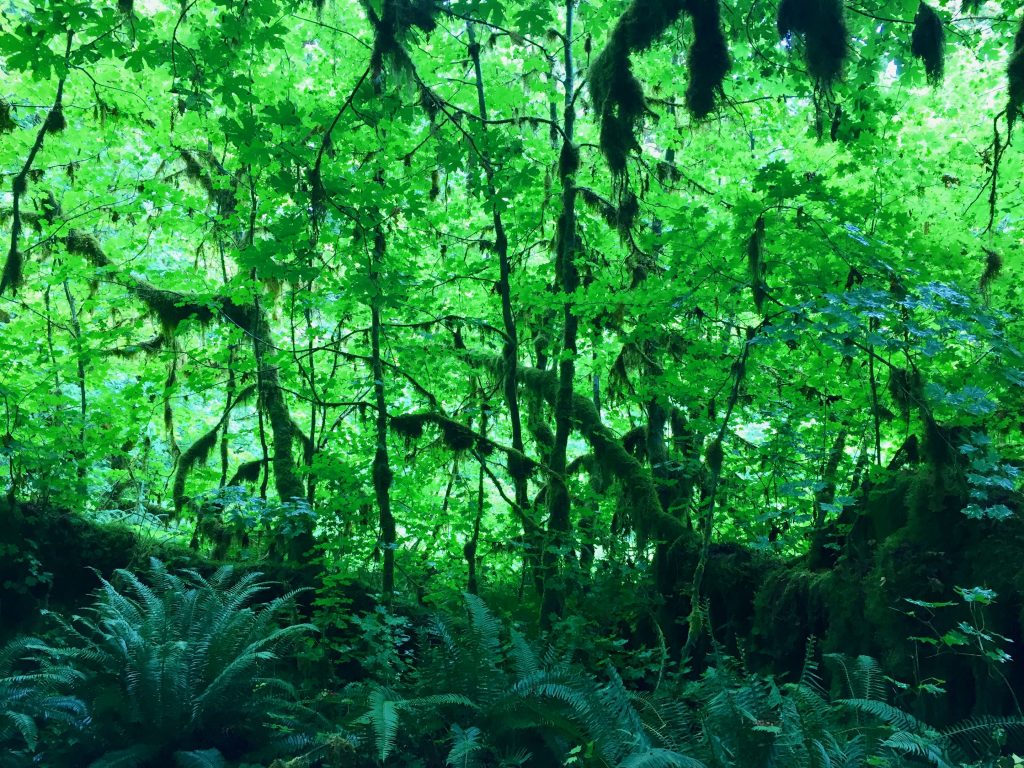Seeing & Not Seeing Manifesto
How do we represent and memorialize victims of armed conflict?
How do scientists “see” things on Mars?
In what ways might a gender non-binary theater artist today find common ground with trans historical figures?
How do we imagine and portray the lives of poor black women trying to challenge sexual norms a hundred years ago?
What is a wetland?
Who owns outer space, and what have been the multiple relationships between globalization and outer space over time?
Who makes the meaning of a two-line widow’s song?
What does listening to a city reveal about the structuring of urban space?

Seeing and Not Seeing is a post-disciplinary faculty seminar and public lecture series that engages guests from a range of fields to speak to the project’s core sensibility of seeing and simultaneity. Through these discussions, we develop new practices of seeing, explaining, representing, and intervening.
The project begins from the conviction that in order to live and act ethically with knowledge that is always incomplete and uncertain, we need to deepen scholarly practices of openness and multiplicity. Accordingly, we are skeptical of – though schooled in – research methods rooted in “objectively” defining categories, marshalling evidence, and constructing and evaluating parsimonious arguments.
By “not seeing,” we mean looking squarely at – but also beyond and through – the big things people habitually see and are primed to see, such as institutions, democratic procedures, political actors, social norms, bodies, economies, viruses, species, archives, or borders. By resisting habitual moves to coherence and boundary-making, a seeing and not seeing sensibility works to both “see” and “not see” these phenomena so as to identify the multiple processes, forces, and representations that occur in, through, and around them, out of which they are constituted and amidst which they act.
The forms of analysis generated by this approach do not seek to make fully visible a reality that already exists, but rather to provide a field guide for new forms of interpretation and action. In so doing, we mirror and deepen interdisciplinary efforts that have preceded us, as we elaborate a new sensibility for scholarly work.
Seeing and Not Seeing incorporates strategies used in the arts and humanities, such as interpreting or holding subterfuge, ambiguity, and opacity. That is, the seeing and not seeing sensibility does not envision clear borders among political actors and social forces, but embraces multiplicity and paradox. We argue for sitting with this multiplicity, so as enable previously unseen patterns to emerge and to slow down moves to explanation and intervention.
Such holding and slowing down, we believe, will better enable us to grapple with varied human-and-non-human entanglements, including those of a post-COVID-19 world, as well as envisage actionable spaces for change. Indeed, theorists and practitioners all around us, from epidemiologists to Black Lives Matter activists, are seeking and forging new ways of seeing and acting politically that hold multiplicity in view.
Our faculty seminar has been meeting since Fall 2016 and encourages collaboration within and beyond the academy, showing how post-disciplinary discussions can bridge both methodological and institutional divides and create new intellectual communities in the process. In our conversations, we move fluidly among scholarly analysis, discussion of the workplace conditions in which we do research and teach, and the emotions and forms of labor involved in undertaking these activities.
The seminar includes scholars of history, anthropology, political science, ethnomusicology, art history, geography, romance studies, sociology, international relations, and American studies. We have hosted activists, curators, musicians, and artists, as well as academics. Seeing and Not Seeing is sponsored by the Center for the Humanities and the Global Development Policy Center at Boston University.